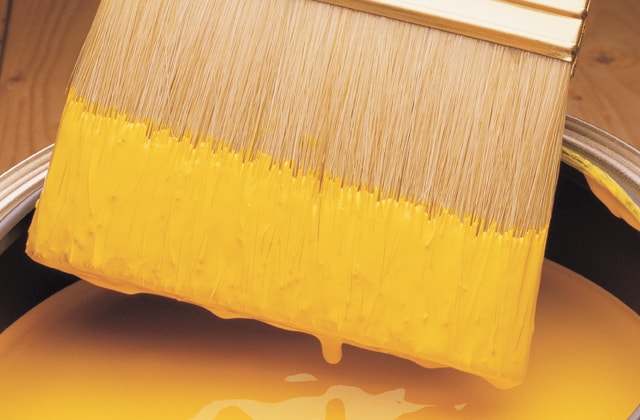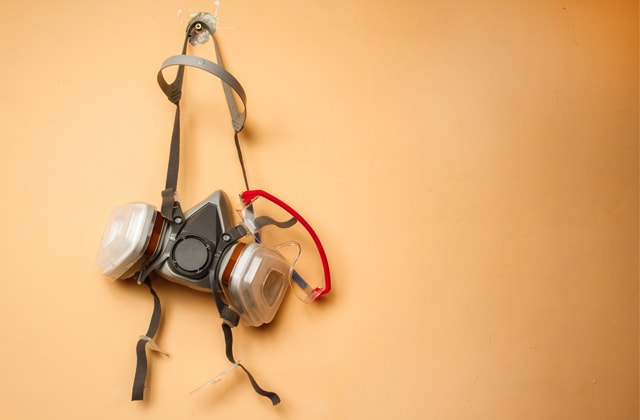Water-based or solvent-based?
Water-based paint contain pigments, a binder, a coalescing agent, and water. They are also known as latex paint. Solvent-based paint contain pigments, a binder, and solvents.
Water- based paint is formulated differently than solvent-based, and so they behave differently under moist and dry conditions. Such differences are used to determine which type of paint is best suited to a particular job. The following chart presents the main advantages between these two types of paint.
In general, water-based paints are more user-friendly than their solvent-based counterparts. However, there are certain applications where the benefits of the finished application outweigh the hassle of dealing with oil-based paints.
If the surface is already painted, you must check to see if the previous coating was water- or solvent-based.
Here are two simple ways to find out:
In general, water-based paints are more user-friendly than their solvent-based counterparts. However, there are certain applications where the benefits of the finished application outweigh the hassle of dealing with oil-based paints.
If the surface is already painted, you must check to see if the previous coating was water- or solvent-based.
Here are two simple ways to find out:
- Lightly swab surface with a rag moistened in alcohol. A water-based coating will soften and stain the rag.
- Look behind a picture frame. Yellowed paint is a clear sign of solvent-based paint.
If you are still unsure, apply a base coat before the finishing coat.
It should be noted that water-based (latex) paints will not adhere to oil-based paints. Oil-based paints can, however, be applied over water-based paints. Always read the manufacturer's recommendations for specific product details.
It should be noted that water-based (latex) paints will not adhere to oil-based paints. Oil-based paints can, however, be applied over water-based paints. Always read the manufacturer's recommendations for specific product details.
Advantages of water-based (latex) paint:
- Dries quickly
- Cleanup requires only soap and water
- Better colour retention
- Breathable, keeping moisture from becoming trapped
- Less odour
- Non-flammable
- Low VOCs
Best uses
Works great on drywall, primed wood, and previously painted or primed surfacesAdvantages of solvent-based (oil or alkyd) paint
- Easy to apply
- Easier flow and levelling, giving a smoother finish with fewer roller or brush marks
- Long lasting finish
- Better adhesion to the surface
Best uses
- Painted surfaces, especially when previously painted with oil-based paints
- When a super smooth, glossy finish is desired
- When durability is needed to resist scratching, scuffing, fingerprinting, or staining such as on woodwork, cabinets, furniture, and more
















